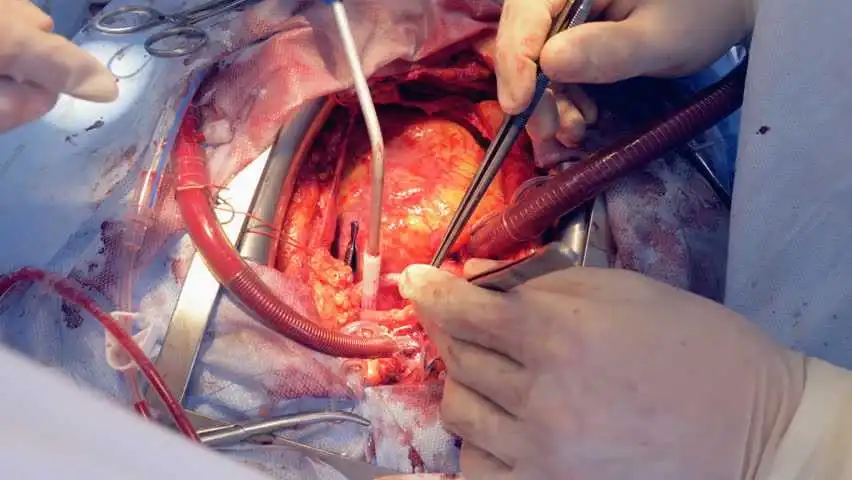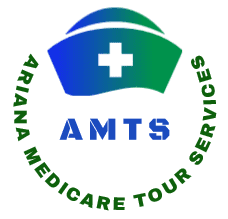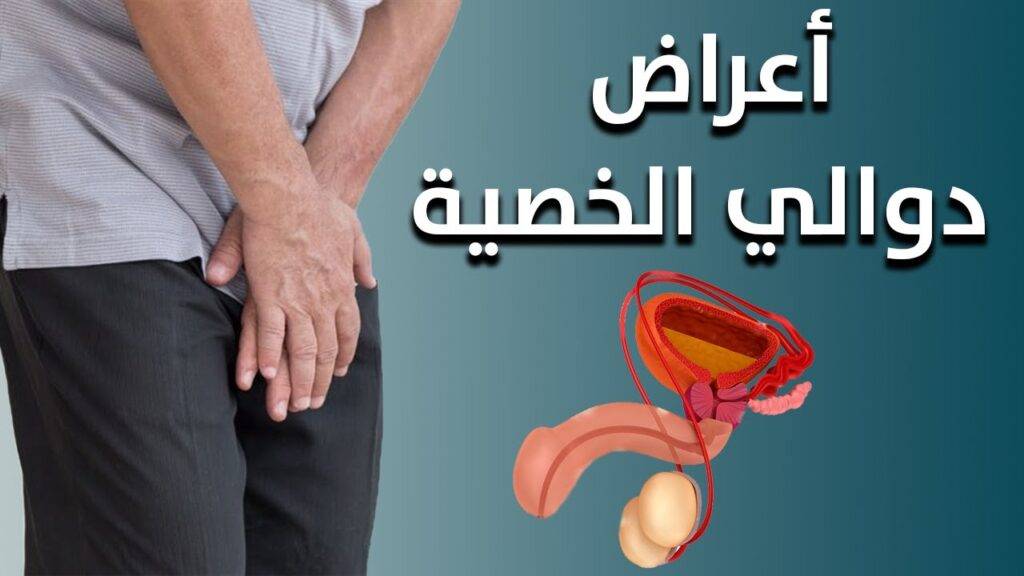Open heart surgery is one of the most important and advanced surgical procedures for treating serious heart conditions. In Iran, the cities of Shiraz and Tehran have a strong reputation for healthcare and advanced medical services, and they are two leading destinations for patients who need open-heart surgeries.

The content of this article
1. Introduction.
2. What is open heart surgery?
3. Types of open heart surgery.
- Pump open heart surgery.
- The open-heart surgery method without a pump.
- Minimally invasive bypass surgery.
4. When should open heart surgery be performed?
5. Complications of open heart surgery.
6. Instructions before open heart surgery.
7. Duration of open heart surgery.
8. Complications of open heart surgery?
9. Care after open heart surgery.
10. Post-heart surgery diet.
11. After the operation, when should the patient eat or drink?
1. Introduction
Heart conditions, including congenital heart failure, aneurysms, and coronary artery stenosis, that don’t respond to initial treatments are treated with open-heart surgery. In this article, we have explained the methods of performing open heart surgery, and the advantages, disadvantages, and complications of open heart surgery.
2. What is open heart surgery?
In open-heart surgery, the chest is opened and surgery is performed on the tissues of the heart and blood vessels connected to the heart or (coronary vessels) depending on the damage. Open-heart surgery is performed in two ways to make a complete thoracotomy or in other ways to make multiple holes in the chest and repair damage to the heart or remove coronary artery blockages.
This operation is carried out according to the diagnosis of a cardiologist to treat some heart diseases such as coronary artery blockage, heart transplantation, and others.
Open heart surgery is one of the most common treatment procedures among adults, and if it is performed under the supervision of a cardiologist, it causes the least harm and complications to the person. Open heart surgery is also performed for children with congenital heart defects. These babies must undergo open-heart surgery in the first week of life.
Another common condition is open-heart surgery in adults by coronary artery bypass. In this surgical procedure, healthy blood vessels from other parts of the body, such as the leg, are removed and replaced with blocked coronary vessels.
3. Types of open heart surgery.
Generally, open-heart surgery is categorized into three methods: open-heart surgery using a pump, open-heart surgery without the use of a pump, and minimally invasive bypass surgery. Here is our explanation of these elements:
- Pump open heart surgery
One of the most commonly used coronary artery bypass surgeries is open-heart pump surgery. In this method, the chest is incised with a special tool under complete anesthesia and the heart and all surrounding vessels are accessed. By injecting a certain amount of potassium, the heart is temporarily disrupted, because the heartbeat and muscle contractions cause movement and difficulty accessing the coronary arteries. After the heart’s activity stops supplying the body’s organs with blood, the blood enters a device called the heart-pulmonary pump, and by means of this device, blood is taken from a vein and sent to the body’s organs again after consuming oxygen.
Open heart surgery with a pump, like other surgical treatment methods, has advantages and disadvantages. One of the advantages of using a cardiopulmonary pump is that the operation is done more quickly and accurately, and coronary artery transplantation is more accessible, especially in the lower regions of the heart and the back of the heart. One of the disadvantages of this surgical method is the need for blood transfusion after the heart surgery of the patient due to the loss of some blood in the cardiopulmonary pump, and this surgical method causes inflammation and swelling in the patient’s body, and for this reason the length of stay in the intensive care unit may also be longer. - The open-heart surgery method without a pump
In this method, due to the complications of using the cardiopulmonary pump, some cardiovascular surgeons, considering the individual’s disease, if the heart operation is simple and uncomplicated, prefer to perform the open-heart operation without temporary closure of the heart and while the heart is active. It should be noted that this operation is performed if there is a slight blockage in the blood vessels and no other operation such as mitral valve replacement is required at the same time. - Minimally invasive bypass surgery
This method of heart surgery, which is performed by thoracoscopic method, is to make a number of holes in the chest and direct the surgical instrument by imaging to the desired place where the surgery needs to be performed. In this method there are limitations for the doctor and it can be used for light and superficial operations.
4. When should open heart surgery be performed?
Bypass surgery is one of the most important cases of open heart surgery. Bypass is performed because coronary arteries are blocked or narrowed due to plaque buildup, and during this process they are replaced with healthy blood vessels. The coronary arteries are the vessels that supply blood to the heart muscles, and due to heart disease and other failures and plaque buildup, they become stiff or blocked, which leads to a heart attack in the patient.
Other conditions in which the patient needs open-heart surgery as determined by the doctor include:
- Heart failure.
- Heart valve dilatation.
- Atrial fibrillation.
- Thoracic aortic aneurysm.
- Aortic valve replacement.
- Heart valve replacement or repair.
- Coronary artery disease.
- Heart transplantation and replacement of a healthy heart.
- Reconstruction and repair of damaged areas of the heart.
- Implantation of a pacemaker to eliminate arrhythmias.
- Congenital heart disease such as a hole in the heart and failure to develop the structure of the heart.
5. Complications of open heart surgery
Open heart surgery is a very invasive and delicate procedure. Because of the splitting of the chest, after regaining consciousness, the person may feel pain and one of the complaints of patients is an unpleasant feeling in the chest.
The risks and complications of open heart surgery include:
- Pneumonia.
- Pain and fever
- Bleeding.
- Trouble breathing
- A blood clot or thrombus.
- Heart attack or stroke.
- Heartbeat disorder.
- Renal and pulmonary failure.
- In some cases amnesia and death.
- Chest infections and surgical wounds, which are more common in patients with diabetes and obesity.
It is advised to consult the best cardiologist for treatment and heart surgery due to the sensitivity of this process.
6. Instructions before open heart surgery
- Tell your surgeon about the medications you take, even herbal remedies and simple teas.
- Two weeks before the operation, stop smoking and any other tobacco products and avoid taking blood thinners such as aspirin and the pain reliever naproxen.
- If you drink alcoholic beverages, consult your doctor because it is necessary to avoid them for some time before the heart surgery so that they do not have any trace in the blood.
- The day before the operation, use a special soap for washing as instructed by the hospital. This soap removes bacteria from the skin and reduces the possibility of infection after the procedure.
While you are in the hospital, carefully follow your prescribed medical instructions.
7. Duration of open heart surgery
The duration of this process is about 6 hours. It goes without saying that before anesthesia, the patient’s blood pressure is checked several times so that it is not too high or too low and does not endanger the surgery.
8. Complications of open heart surgery
After the operation, you may experience some of the following complications, although not everyone suffers from these issues:
- Occurrence of depression.
- Severe loss of appetite
- Poor memory.
- Pain in the chest area.
- Sleep disturbance and insomnia.
- Bruising and pain in the incision area in the chest.
9. Care after open heart surgery
- One of the most important things that must be taken into account at home is the importance of the incision and surgery site, which must be cleaned and taken good care of so as not to get bacterial infection.
- If the operation site is intact, it is possible to take a shower and hot water should not touch the incision site directly.
- Taking prescribed medications for pain and preventing infection has a huge impact on the healing process.
- Adequate sleep and rest will shorten a person’s recovery time and speed up the recovery process. To get enough sleep, you need to do the following:
– Take medical painkillers half an hour before bedtime.
– Avoid coffee and caffeinated substances in the evening.
– Use a mattress or some pillows to relieve pressure on the muscles.
- Visit the doctor for a periodic check-up after surgery very regularly.
10. Proper diet to improve the healing process and heart function
- Some things to consider, however, are weight control and the health of your heart’s blood vessels.
- Eating fresh vegetables, fruits, whole grains, lean fish and low-fat dairy products has a significant impact on a patient’s health and recovery process.
- Foods that should be reduced after open heart surgery include sugar, fat, salt, fast food, low-calorie foods, and processed meats, as these foods pose a health risk.
- It goes without saying that energy drinks are usually dangerous for heart health and should not be used after surgery.
- Avoid smoking and tobacco use.
- Stop drinking alcohol under the supervision of a counselor.
- Keep blood pressure and cholesterol low and under control.
- Using prescribed medications and not arbitrarily stopping medications prescribed by a doctor.
11. After the operation, when should the patient eat or drink?
After the surgery is over and after the recovery process, the patient will be transferred to the intensive care unit. When the patient’s condition has stabilized a little and artificial respiration has stopped, after about 4 hours, drinks and light food can be consumed.
Sources:
Anderson JE, Chang DC, Parsons JK, Talamini MA. The first national examination of outcomes and trends in robotic surgery in the United States. J Am Coll Surg. 2012;215(1):107–114. doi: 10.1016/j.jamcollsurg.2012.02.005
Read more about other articles in the medical fields (Cosmetics and Medical).
- Hair Transplantation in Iran
- Rhinoplasty (Nose Job in Iran)
- Face Lift Surgery (Rhytidectomy) in Iran
- Breast Lift in Iran
- Chin Surgery in Iran
- Liposuction in Iran
- Tummy Tuck (Abdominoplasty) in Iran
- Butt Augmentation (Brazilian butt lift)
- Breast Augmentation in Iran
- Eye Care in Iran
- Cataract Surgery in Iran
- Diabetic Retinopathy Treatment in Iran
- Heart Surgery in Iran
- Knee Replacement in Iran
- Eyelid Surgery in Iran
- Safe Abortion in Iran
- Fertility Treatment in Iran


